M-F Construction Could Approach ’99 Peak Levels by Year End
The multi-family sector will continue to be the darling of the commercial real estate industry throughout 2013, according to panelists on the “2013 Kick-Off Webinar for Apartment Development” hosted by Humphreys & Partners Architects.
Michael Ratliff, Senior Associate Editor
The multi-family sector will continue to be the darling of the commercial real estate industry throughout 2013 according to panelists on the “2013 Kick-Off Webinar for Apartment Development” hosted by Humphreys & Partners Architects. Although rental rate growth is slowing down, construction rates are on the rise and could approach peak levels of the past cycle by the end of 2013.
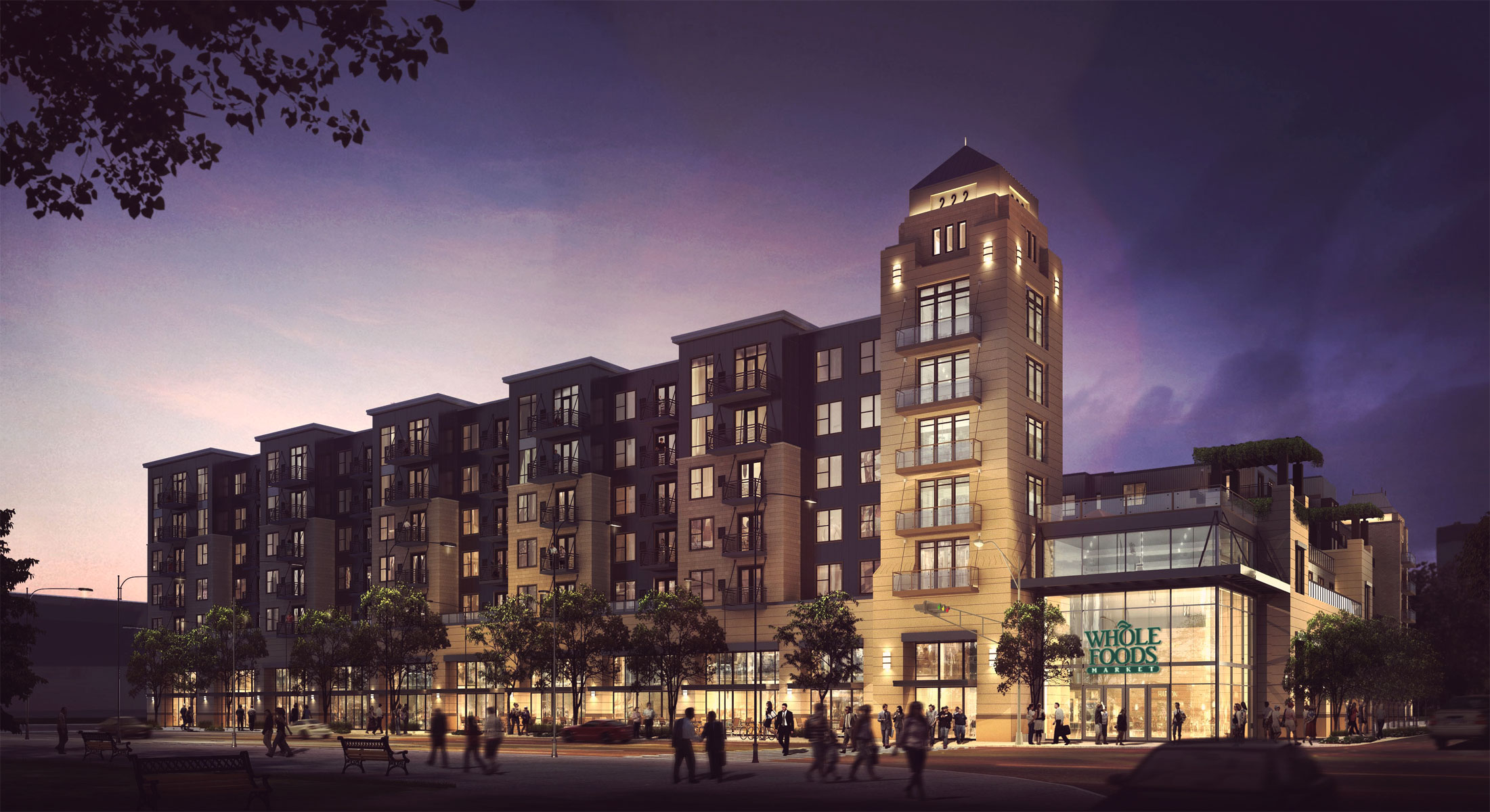
222 Hennepin, a new development in Minneapolis. Design Architect – Humphreys & Partners.;AOR – Ryan Companies; Developer – The Excelsior Group.
Apartment development will remain hot due to the combination of supply constraints, demographics and the availability of capital, according to Doug Bibby, president of NMHC. He said that capital is flowing heartily to the ‘A’ markets and ‘A’ properties, and that there is a continued interest from foreign capital sources.
“There is no question that demographics, household formation and immigration will strongly favor multiifamily in the future. As a result our asset class is the favored asset class both here and with international investors,” Bibby said, adding that four of the top five markets that interest international investors are here in the U.S.
But even in these times there are still challenges for the industry. Multi-family housing performs best when there is strong job growth, and while it has gotten better, employment trends are nowhere near robust, according to Bibby. Though job growth is tepid, its recovery has come primarily in service jobs and lower paying occupations, a sweet spot for the apartment industry. Additional challenges might come from the EPA, since President Obama’s re-election and the increase in the Democratic strength of the Senate makes it more likely that the agency will be zealous in pursuing its regulatory platforms, which could slow down the development process a bit.
Greg Willett, vice president, Research & Analysis at MPF Research, highlighted some 2012 numbers, which showed demand growth continuing to cool. But demand (113,000 units) still outpaced 2012 completions (92,000 units) in the 100 metro markets that form the core of MPF Research’s coverage.
“Apartment demand was about half of what it was in 2011, and about a third of what it was in 2010,” Willetts said. “The reason it has slowed down is because the existing product base is now basically full.”
For the largest 100 markets, average occupancy at the end of the year was 94.9 percent, up 20 basis points year over year. Leading markets (in the 50 largest metros) include New York (97.5 percent occupancy), Northern New Jersey (97.1 percent), Oakland (97.0 percent), Pittsburgh (97.0 percent), Miami (96.9 percent), Milwaukee (96.9 percent), Minneapolis/St. Paul (96.8 percent), Providence (96.8 percent), Boston (96.6 percent), San Diego (96.5 percent), Los Angeles (96.3 percent), Portland (96.3 percent) and San Jose (96.3 percent).
Rental growth in those largest 100 markets slowed down in 2012 to 3 percent (in 2011 it was a hair under 5 percent), though rates have climbed 10.5 percent over the past three years. This was in part due to flinching operator confidence.
“Operators did not push quite as hard with rents, perhaps due to the election and being beat over the head with the challenges the economy is facing,” Willett said.
In spite of this, six of the top 50 largest markets saw annual rent growth rates above 5 percent in 2012. Leading markets included San Francisco (8.0 percent rent rate growth), San Jose (7.7 percent), Oakland (7.1 percent), Denver/Boulder (5.9 percent), Nashville (5.1 percent), New York (5.1 percent), Houston (4.8 percent), Charlotte (4.6 percent), Portland (4.4 percent), Seattle/Tacoma (4.3 percent), Detroit (4.1 percent), and West Palm Beach (4.0 percent).
When it comes to growth in construction, things are definitely starting to ramp up. As of the end of 2012 there were 224,017 units under construction in the core 100 metros. The previous cycle’s peak of units under construction was in 1999 at 367,000 units. Willett expects 2013 to close out with between 350,000 and 360,000 units under construction.
Humphreys & Partners Architects, which is responsible for the design of 12 to 14 percent of the U.S. apartment market, has been seeing some interesting trends with where people are building.
“We are seeing urban development in markets that didn’t have urban markets before,” said Mark Humphreys, CEO of the Dallas-headquartered firm. “Minneapolis is really going now, as is St. Louis, Kansas City, Indianapolis and several other markets.”
The state of the capital markets is certainly a big catalyst when it comes to construction, and Vic Clark, managing director of originations at Centerline Capital, was on hand to provide a forecast for 2013.
“The good news is that CMBS will not only have a record year for 2012, but it will probably double in production in 2013,” Clark said. “This will step in and take over a lot of business if Fannie and Freddie decide to turn their nose up on certain deals.”
According to Clark, there is a bit of concern that Fannie and Freddie might tighten on how they size their loans, as they don’t want to be seen as holding 60 to 65 percent of the market as it continues to recover. Interest rates are expected to remain low for the next two to three years, but they might rise a bit towards the end of Obama’s second term.
“Honestly, this is the best time in history to borrow money. The banks and life insurance companies will be aggressive for new construction, fighting to win the new allocations early on. Leverage will only increase as we progress in 2013, so borrow all you can now.”

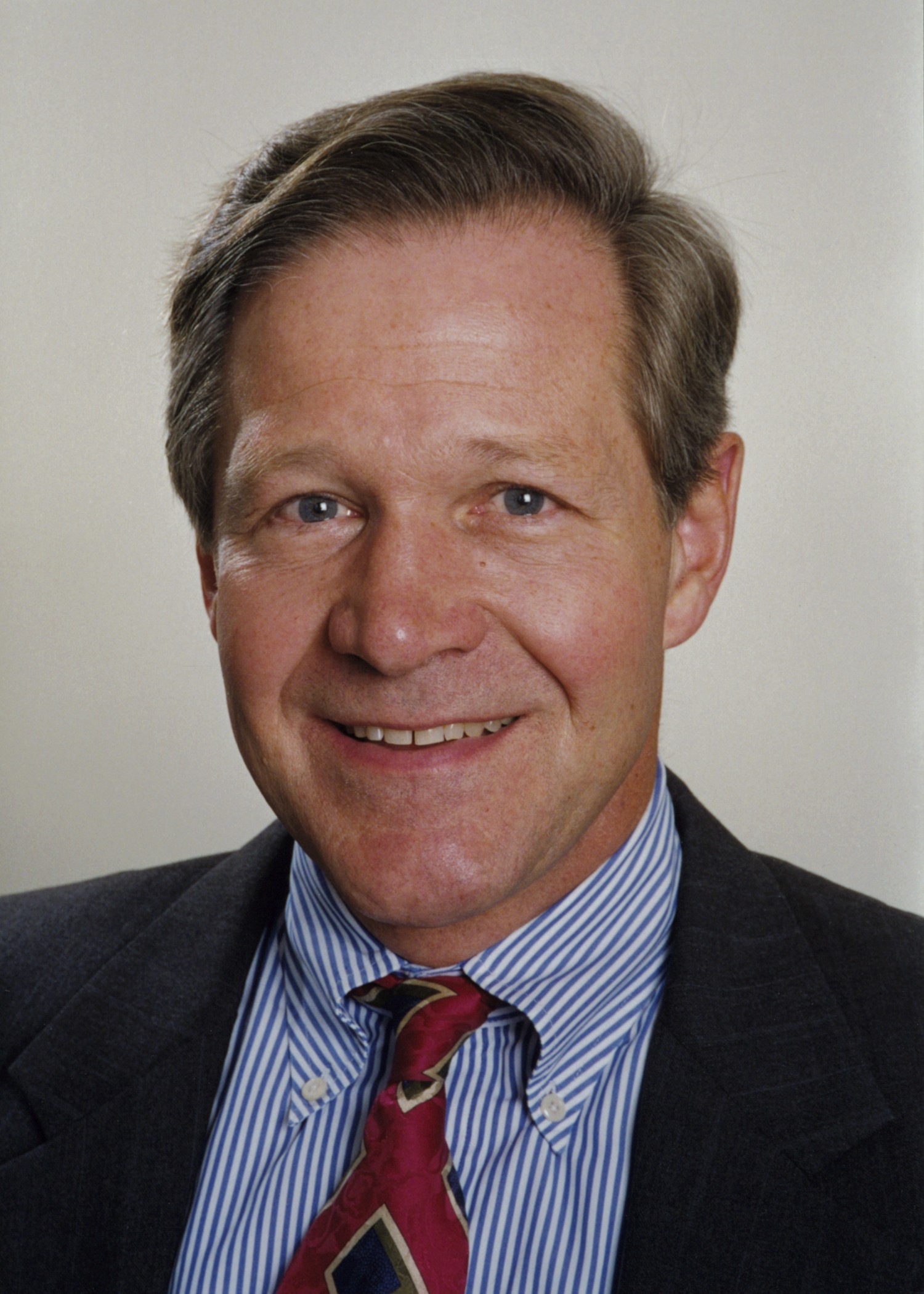

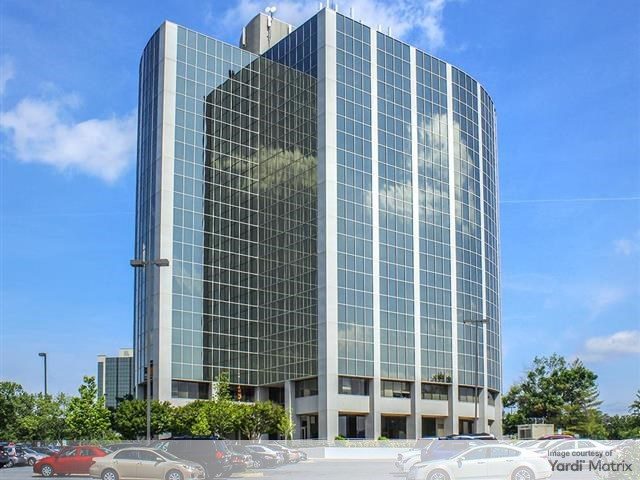
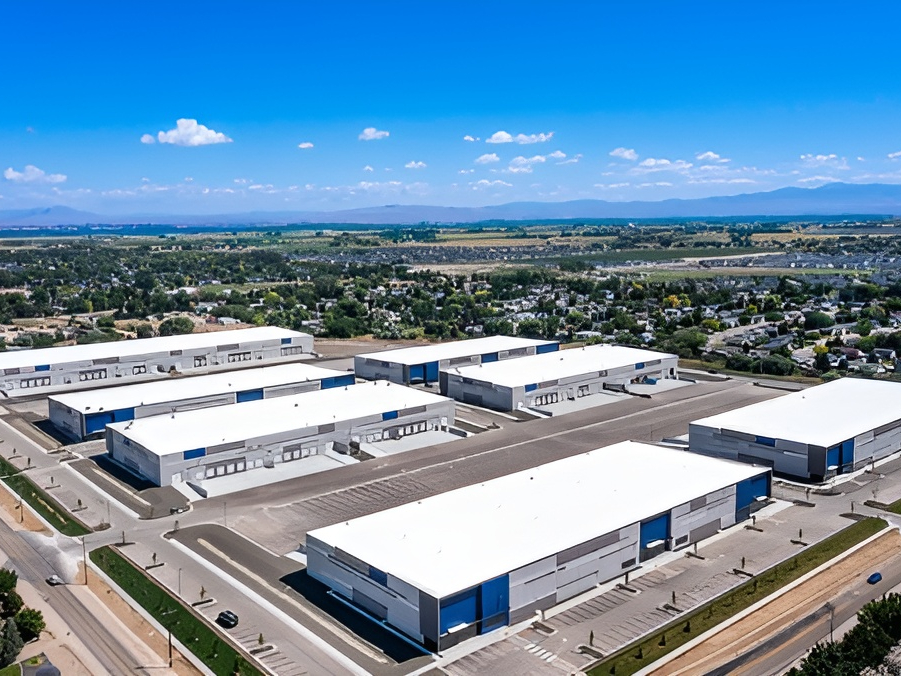
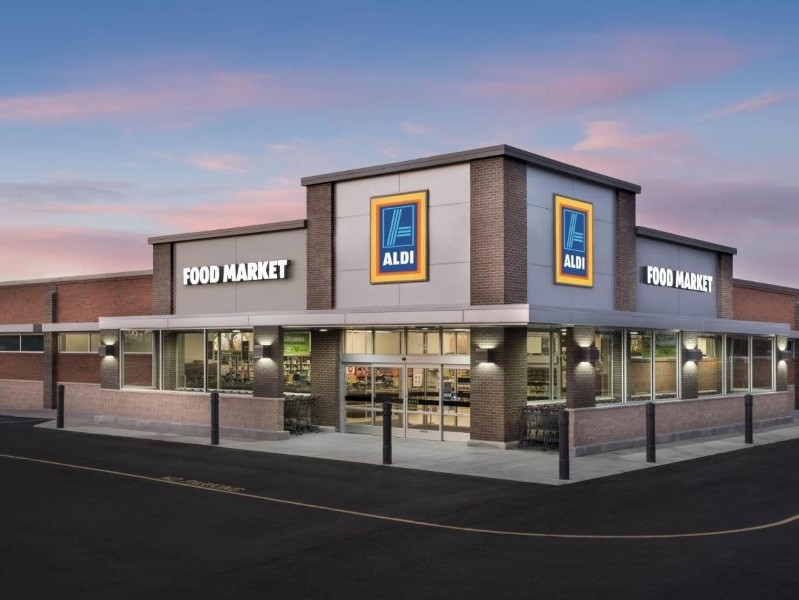
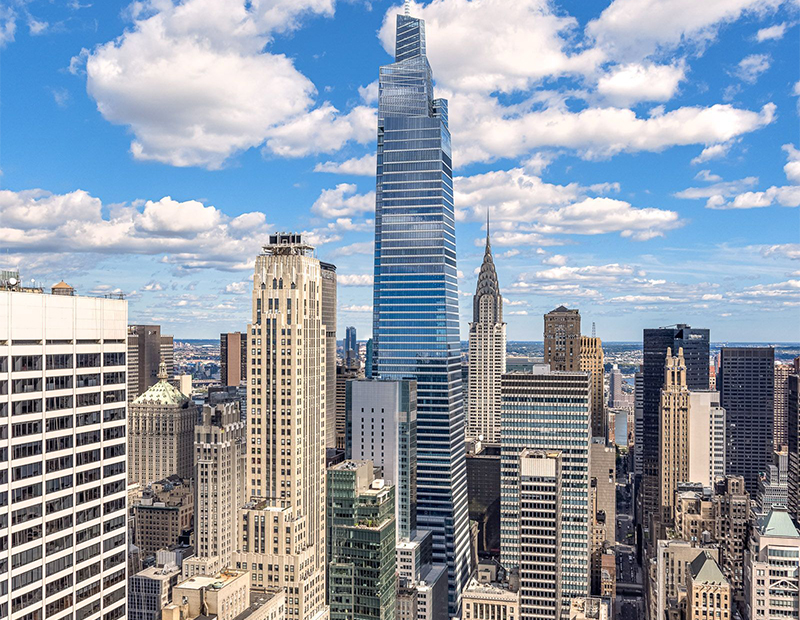

You must be logged in to post a comment.